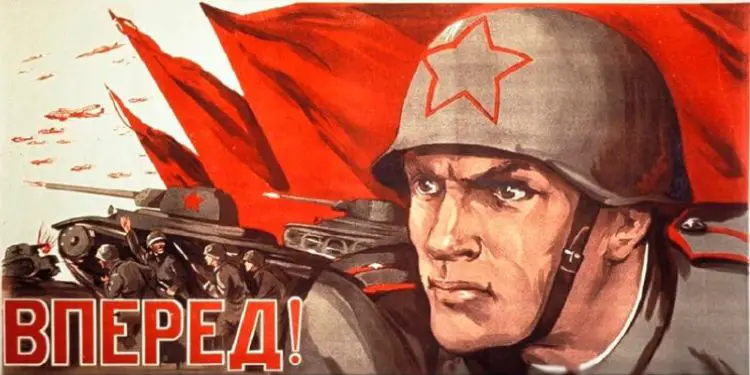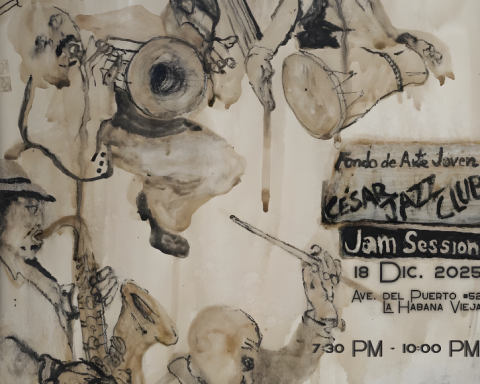Havana Cuba. – In February 1918, the Red Army was officially constituted, an armed body of Bolshevik Russia that would go down in history as a military institution of proven courage, but also as one of the cruelest and bloodthirsty of the European 20th century. Numerous crimes have been attributed to him, although none of those responsible has ever appeared before a Soviet, Russian or international court of war.
Although the review of war crimes committed by the Armed Forces of the Soviet Union ―Red Army, NKVD and Ministry of the Interior― covers the period between 1919 and 1991, the killings began a little earlier, precisely with the massacre of the last tsarNicholas Romanov, his wife Alejandra and their five children.
On a quiet night in July 1918, in the Ipatiev house, located in the most fiercely anti-tsarist city, Yekaterinburg, the Romanovs were shot, beaten and stabbed to death with bayonets by the Bolshevik military supposedly in charge of protecting them. The sources agree that the massacre lasted approximately 20 minutes, and what began as an official execution ended in a horrible carnage, the first of many perpetrated by the “red terror”, a State policy that would become official in September that same year, with the aim of getting rid of the enemies of the Bolshevik Party.
Many of the war crimes committed by the Soviets occurred in Central and Eastern Europe, before and during the war. World War II. Some were executed on the express orders of the high command, but others were carried out spontaneously by the troops, as a reprisal against the military or civilians of countries that were at war with the USSR, or refused to accept their dominance.
The summary executions, the massive murders of prisoners of war, the rapes and abuses against civilians of territories annexed by the Soviet Union after the defeat of fascism, were countless.
The largest genocide committed by the Soviets during World War II was the Katyn massacre (1940), in which around 25,000 citizens -doctors, teachers, engineers-, high-ranking soldiers and Polish soldiers were executed by members of the Army. Red and the NKVD (Soviet secret police). The authorship of this massacre, perpetrated with the aim of annihilating the Polish ruling class, remained hidden for years, as it was used as a pretext for the ideological battle between the Nazis and the Soviets.
In an excellent film from 2007, the director Andrzej Wajda he relived the events from the most human angle: the anguish of the wives and families of those men who never returned, and about whose whereabouts the Bolshevik authorities deliberately lied.
It is estimated that at the end of World War II, Red Army soldiers raped two million women -mainly Germans- and, in addition, they murdered a large number of them. A similar barbarity occurred in Hungary, where, according to the British journalist James Mark, 50,000 women were raped.
It is true that the forces of Nazism behaved in a similar way during the conflagration, but in 1945 the Nuremberg trial took place, where the war crimes perpetrated by the Germans and their allies were exposed. The result of that trial that shocked the world due to the horrors revealed there, were prison sentences and death sentences for the guilty.
The crimes committed by the Red Army and other Soviet repressive forces have not been admitted or punished. No guilty party has been brought to justice. Despite the testimonies of survivors, both the USSR and Russia have categorically denied the commission of those acts.

















